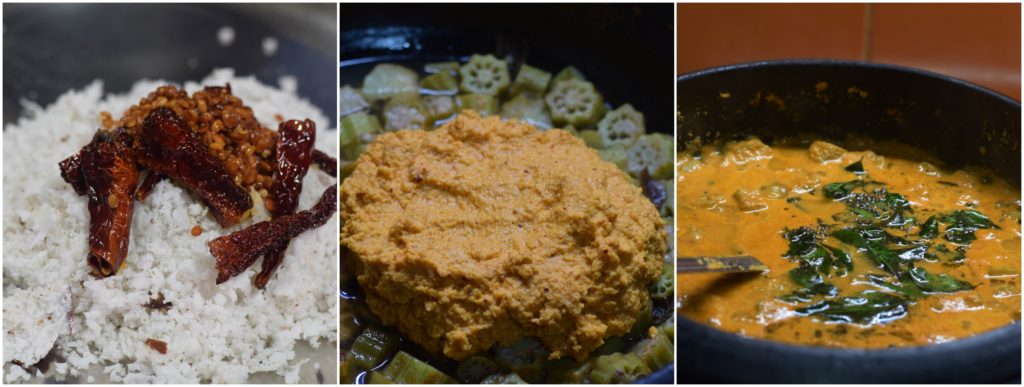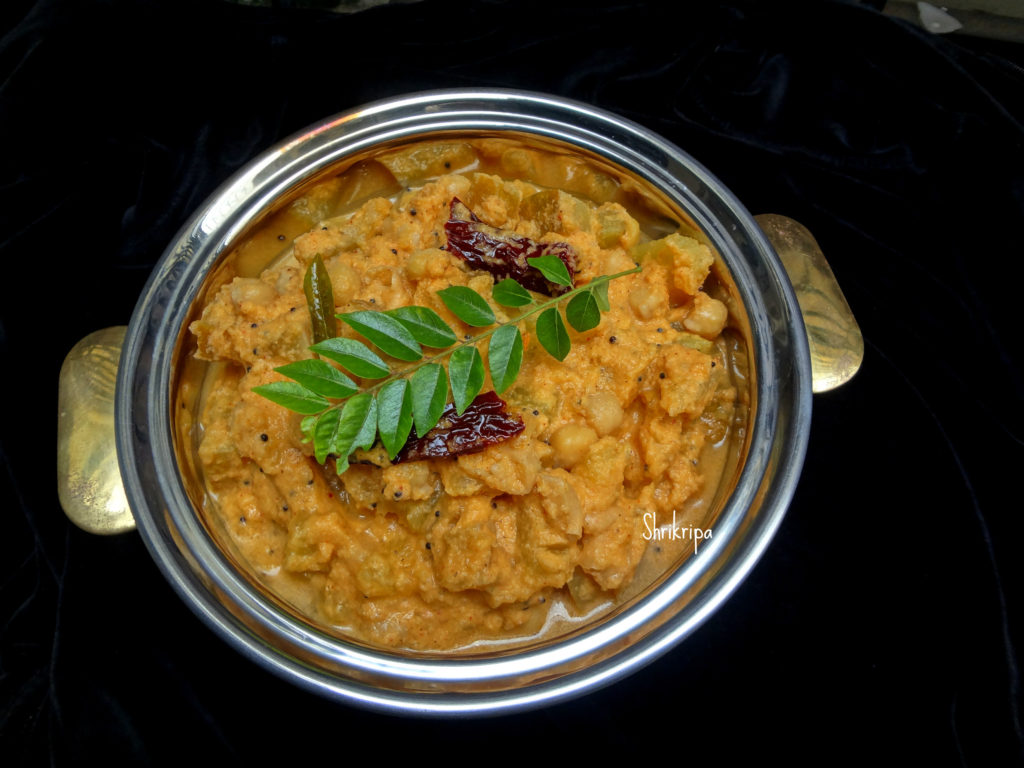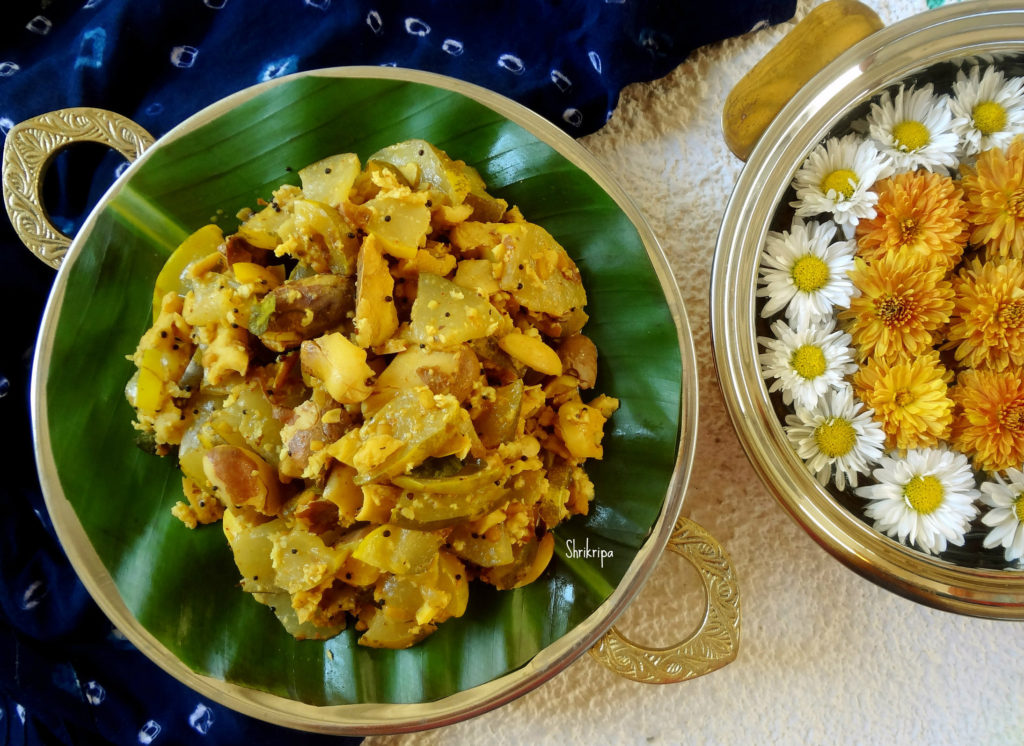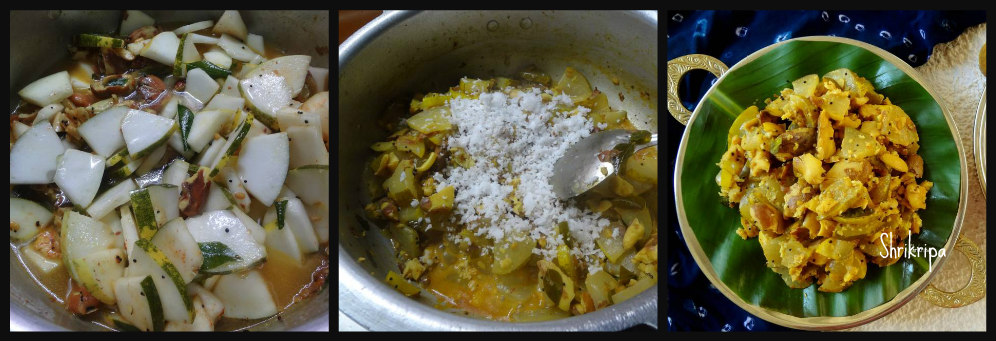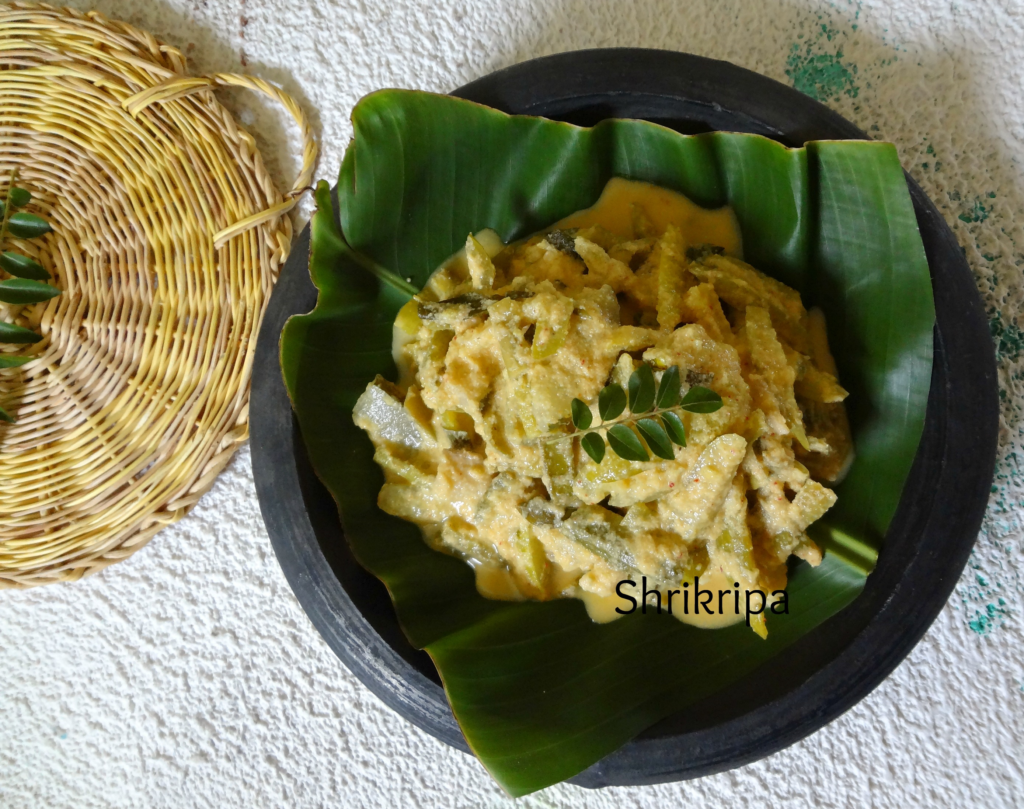There are a lot of sweets which have originated from south Indian kitchens, even then Mysore Pak has a very special place in people’s hearts. Some like it very soft, ghee dripping melt in the mouth kind and some like little harder, porous and little grainy in texture.
Usually in the Mysore – Bangalore side, you will find softer version and In Mangalore we usually get latter one, with grainy texture.
I have received a couple of requests to update my version of Mysorepak recipe, which I prepare almost from past 25 years and it is our family and extended family member’s favourite sweet. My little niece who relishes it, and thinks it is the ultimate sweet, ends up having couple of pieces at one go. I usually wait to see her priceless expression while relishing her share of Mysorepak. This recipe yields firm, porous and grainy in texture with darkish inner and light colour on both the outer sides. Last week I prepared this sweet on my husband’s birthday and now sharing the recipe with you all.

Recipe goes like this-
Ingredients:
Besan /Bengal gram flour – 2 cups
Ghee – 3 cups
Sugar – 3 ¾ cups
Water – 1 cup
Cardamom powder – 1 to 2 tea spoons
Method:
-Take one baking tray or any deep wide vessel, apply ghee and keep aside.

-Take one vessel, pour ghee and keep it on the flame. When it becomes hot (before boiling), switch off the gas, add Besan to hot ghee, stir well and keep aside.
-Mixture should be uniform and without any lumps. I prefer to use wire whisk to do this.
-Next comes the main part.
-Take one thick bottomed kadai, add sugar, pour water and keep it on the flame, boil until it is frothy and reaches single thread consistency.

-During boiling, fire should be kept at low and you should stir in-between.
-When the consistency of the sugar is ready, add ghee mixed Besan and start stirring.
-Fire should be kept at low flame and you should continue stirring without removing your hand.

-After 10 to 15 minutes you will see the changes and mixture will become bubbly and shiny.
-Now it is the time to add cardamom powder and be vigilant. It would be ready in any moment from now.
-When it is done, mixture will leave the sides, base and sides of the vessel will become light brown or sometimes we see the ghee separating and oozing out from the bubbles. (these are the indications to remove)

-Now pour this mixture to a greased vessel, don’t touch or press after pouring, leave as it is.
-Cool it for about 5 min and mark the lines by using a sharp knife.

-Once it is completely cooled (it takes anywhere between 2 to 3 hours)
-Invert the plate on another plate or by keeping butter paper. It needs some knocking at the base because air bubbles would restrict the easy exit.
-Remove gently, break all the pieces and store it in an air tight container.
Your Mysorepak is ready to serve!
Note:
-Besan should be as fresh as possible. (do check the manufacturing date)
-When ghee is hot, you will hear couple of “tup” “tup” sound. That is the time you should mix in the Besan.
-Ghee shouldn’t boil.
-When sugar reaches single thread consistency, solution will start bubbling and rise upwards.
-Take a deep pan or baking tin or deep flat vessel to get long pieces and two tone colours.


